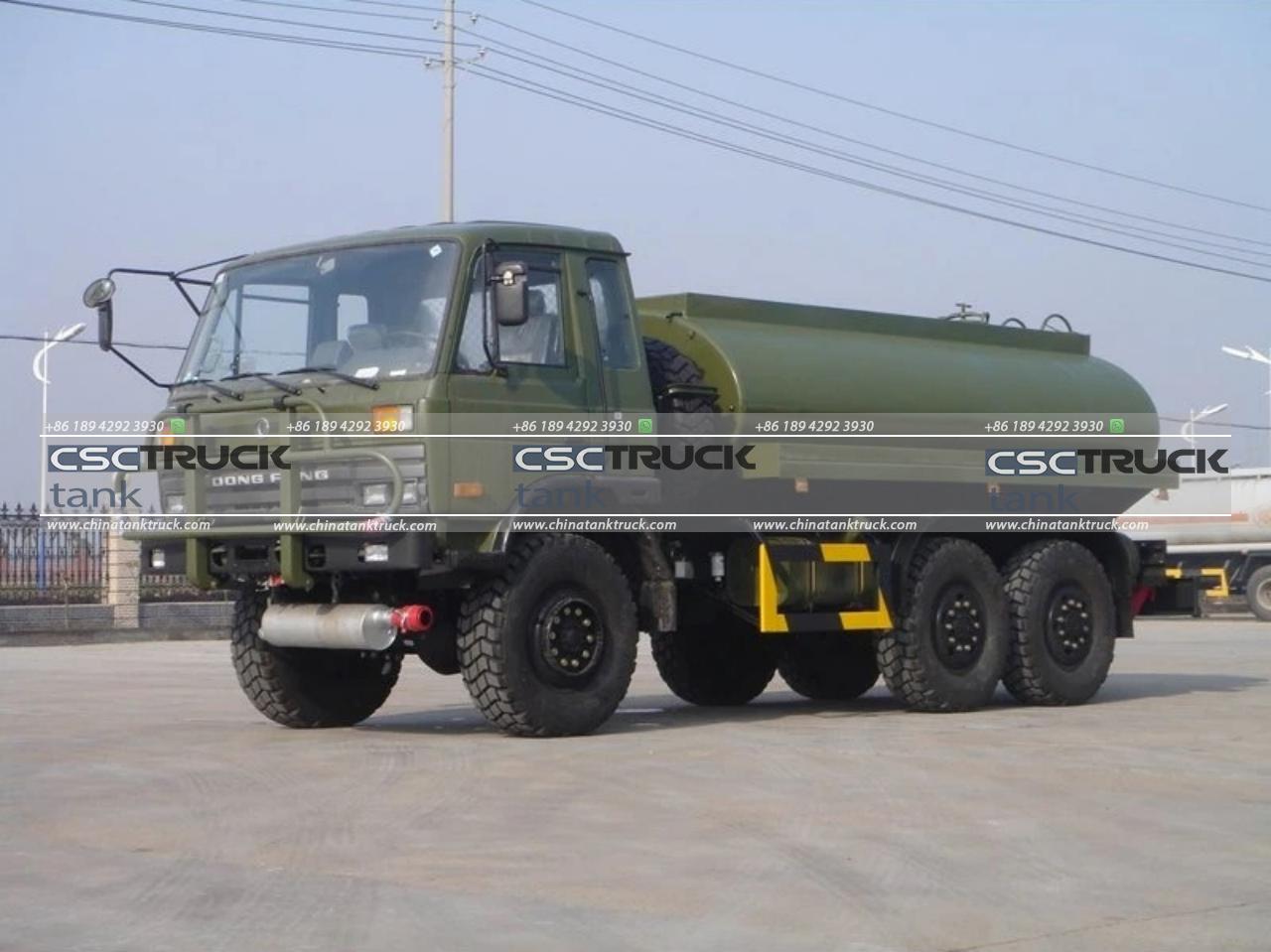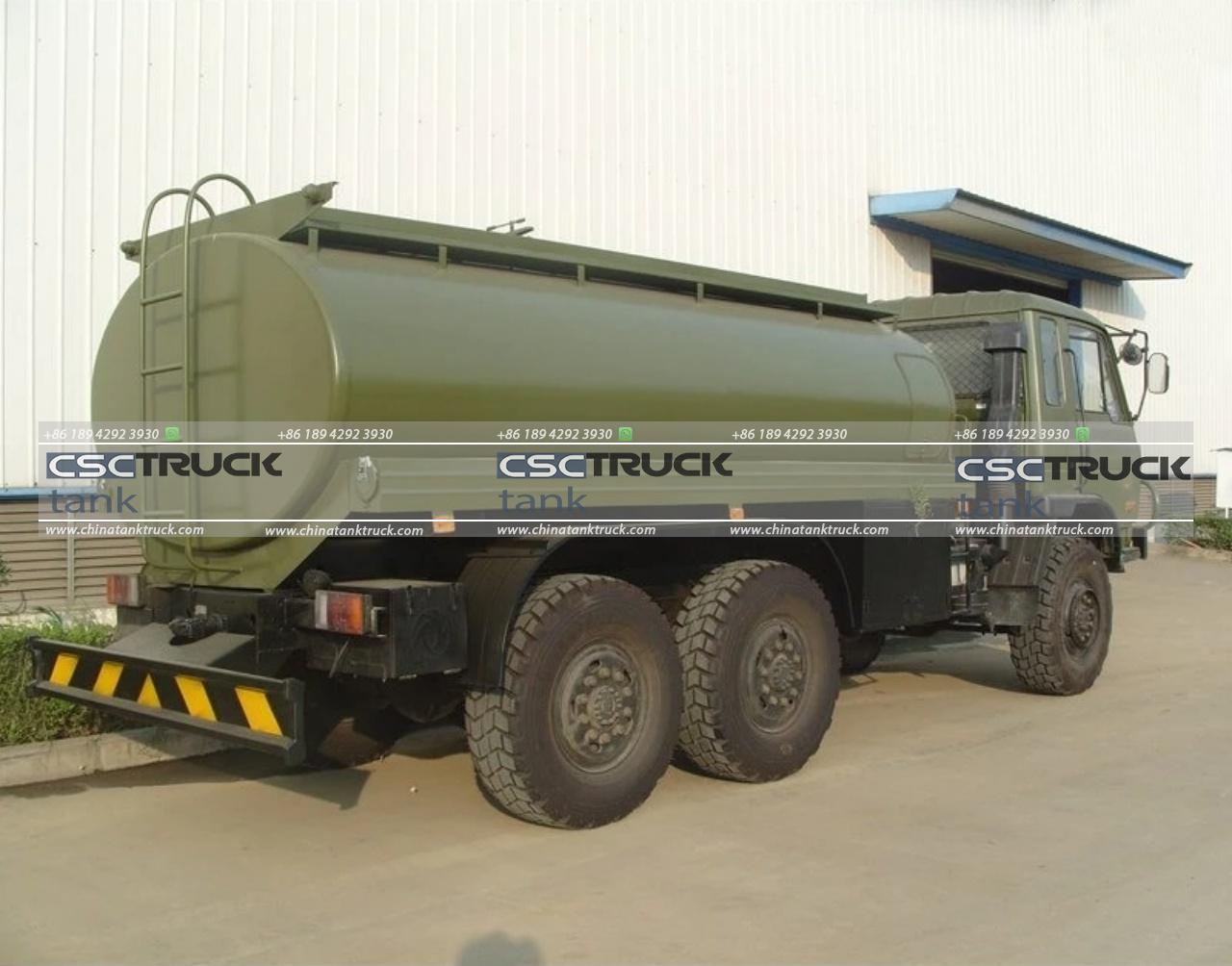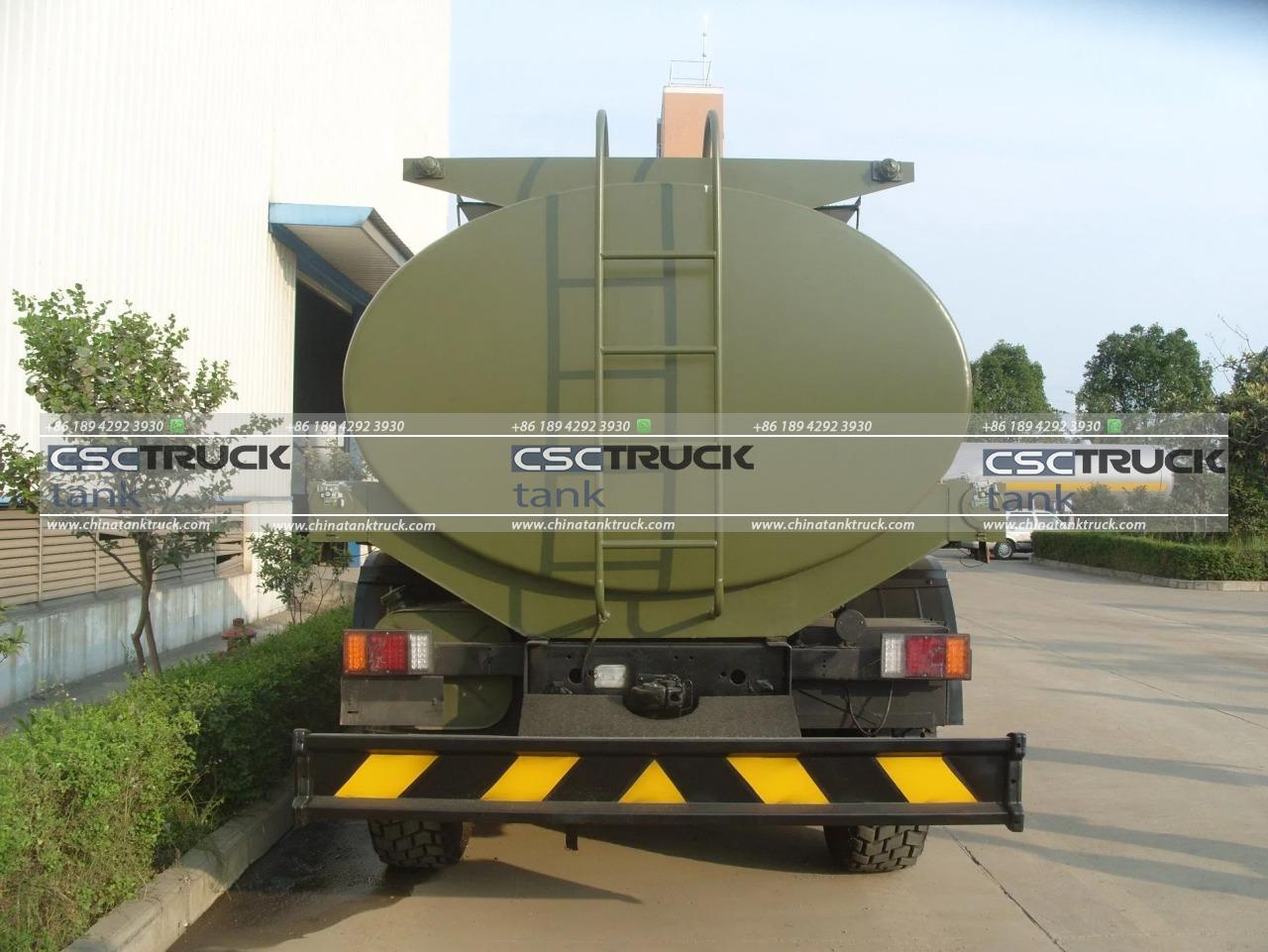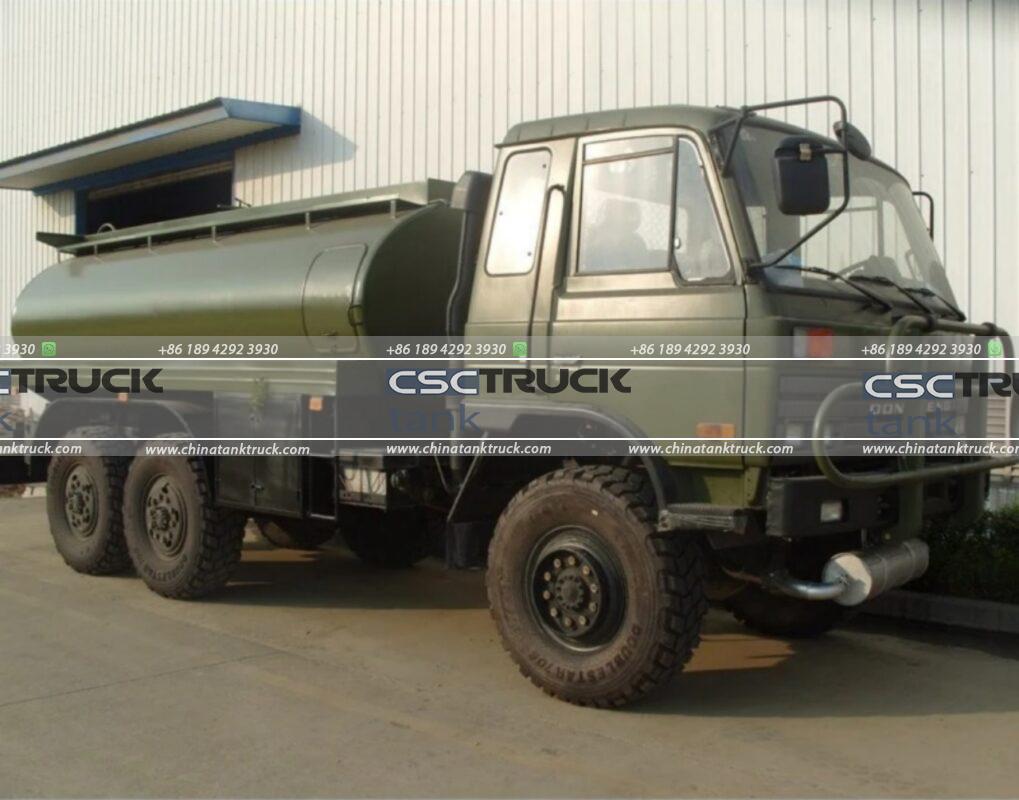What is a Liquid Tanker?
A liquid tanker is a specialized type of vehicle designed for the safe transportation of liquids in bulk. These vehicles play a crucial role in various industries, including oil and gas, chemical production, agriculture, and food and beverage manufacturing. The ability to move large quantities of liquid efficiently and safely is vital to the functioning of these sectors, making liquid tankers an indispensable part of the global supply chain.
Types of Liquid Tankers
Liquid tankers come in several types, each designed to handle specific kinds of liquids. The choice of tanker depends on the physical and chemical properties of the liquid being transported, such as its viscosity, volatility, corrosiveness, and temperature requirements.
1. Fuel Tankers:
– Fuel tankers are perhaps the most commonly recognized type of liquid tanker. They are designed to transport gasoline, diesel, and other petroleum products. These tankers are built with materials that resist corrosion and are equipped with safety features to prevent leaks and explosions. Fuel tankers typically have a cylindrical shape and are divided into compartments to prevent the liquid from sloshing around during transit, which can destabilize the vehicle.
2. Chemical Tankers:
– Chemical tankers are designed to carry a wide range of hazardous and non-hazardous chemicals. The materials used in these tankers must be compatible with the chemicals they carry to prevent reactions that could damage the tanker or cause a dangerous situation. These tankers often have additional safety features, such as reinforced walls, specialized valves, and temperature control systems, to manage the risks associated with transporting chemicals.
3. Food-Grade Tankers:
– These tankers are used to transport edible liquids such as milk, juice, and cooking oil. Food-grade tankers are constructed from materials that meet stringent hygiene standards to prevent contamination. They are often made of stainless steel, which is easy to clean and does not react with liquids. These tankers must be thoroughly cleaned and sanitized between loads to ensure that the transported liquids remain safe for consumption.
4. Water Tankers:
– Water tankers are used to transport potable water to areas where water is scarce or where there has been a disruption in the local water supply. They are also used in construction and agriculture to provide water for various operations. These tankers are usually simple in design but must be kept clean to prevent contamination of the water supply.
5. Cryogenic Tankers:
– Cryogenic tankers are specialized for transporting liquefied gases such as liquid nitrogen, oxygen, and natural gas at extremely low temperatures. These tankers are equipped with advanced insulation to maintain the low temperatures required to keep these gases in their liquid form. The materials used must withstand the extreme cold without becoming brittle or cracking.
6. Bitumen Tankers:
– Bitumen tankers are used to transport asphalt and other high-temperature materials used in road construction. These tankers are equipped with heating systems to keep the bitumen in a liquid state, as it solidifies at room temperature. The tankers are insulated to maintain the necessary high temperatures during transport.

Key Components and Features of Liquid Tankers
Liquid tankers are complex vehicles that incorporate several key components and features to ensure the safe and efficient transport of liquids.
1. Tank Material:
– The material used to construct the tank is crucial in ensuring compatibility with the liquid being transported. Common materials include aluminum, stainless steel, and carbon steel. The choice of material depends on factors such as the liquid’s corrosiveness, temperature, and food safety requirements.
2. Compartmentalization:
– To prevent the liquid from shifting and destabilizing the vehicle, liquid tankers are often divided into multiple compartments. This feature also allows different types of liquids to be transported simultaneously without mixing.
3. Insulation and Heating Systems:
– For liquids that need to be kept at specific temperatures, such as food products or chemicals, tankers may be equipped with insulation and heating systems. These systems maintain the liquid at the required temperature throughout the journey.
4. Valves and Vents:
– Proper venting and valve systems are essential for controlling the flow of liquid into and out of the tanker. These components are designed to prevent leaks, spills, and the buildup of pressure that could lead to dangerous situations.
5. Safety Features:
– Liquid tankers transporting hazardous materials are equipped with additional safety features, such as emergency shut-off valves, spill containment systems, and fire suppression systems. These features are designed to minimize the risk of accidents and mitigate their impact if they occur.
Applications of Liquid Tankers
Liquid tankers are used across a wide range of industries, each with specific requirements for the type of tanker and the way it is used.
1. Oil and Gas Industry:
– The oil and gas industry relies heavily on fuel tankers to transport crude oil, refined petroleum products, and liquefied natural gas. These tankers are essential for moving these products from extraction sites to refineries, and then on to distribution centers and retail outlets.
2. Chemical Industry:
– Chemical tankers transport a vast array of chemicals, from raw materials used in manufacturing to finished products. These tankers are critical for the movement of chemicals between production facilities, storage sites, and end-users.
3. Food and Beverage Industry:
– The food and beverage industry uses liquid tankers to transport bulk quantities of edible liquids. For example, milk is often transported from dairy farms to processing plants in food-grade tankers. Similarly, juice, wine, and other beverages are moved in large quantities using these specialized tankers.
4. Agriculture:
– In agriculture, liquid tankers are used to transport water, fertilizers, and pesticides. Water tankers are particularly important in areas where irrigation is necessary but water sources are not readily available. Fertilizer and pesticide tankers are designed to handle these chemicals safely, ensuring they can be applied efficiently to crops.
5. Construction:
– In the construction industry, water tankers provide water for mixing concrete, dust suppression, and other tasks. Bitumen tankers are essential for transporting asphalt to road construction sites, where it is used to pave highways and other infrastructure.

Challenges in Liquid Tanker Operations
Operating liquid tankers comes with several challenges that must be managed to ensure safety and efficiency.
1. Regulatory Compliance:
– Transporting liquids, especially hazardous materials, is subject to strict regulations. Operators must comply with national and international laws regarding the safe transport of liquids, including proper labeling, handling, and documentation.
2. Maintenance:
– Regular maintenance of liquid tankers is essential to prevent leaks, spills, and other safety hazards. This includes inspecting and maintaining the tank, valves, vents, and other critical components.
3. Environmental Concerns:
– Spills and leaks from liquid tankers can have severe environmental impacts. Operators must take precautions to prevent accidents and have plans in place to respond quickly if a spill occurs.
4. Driver Training:
– Driving a liquid tanker requires specialized training due to the unique handling characteristics of these vehicles. Drivers must be trained to manage the movement of liquid cargo, respond to emergencies, and comply with safety regulations.
Conclusion
Liquid tankers are vital to the global economy, enabling the efficient transport of a wide range of liquids across various industries. Whether transporting fuel, chemicals, food products, or water, these specialized vehicles are designed to handle the unique challenges associated with liquid cargo. As industries continue to grow and evolve, the demand for liquid tankers will remain strong, driving ongoing innovation in tanker design and operation.


